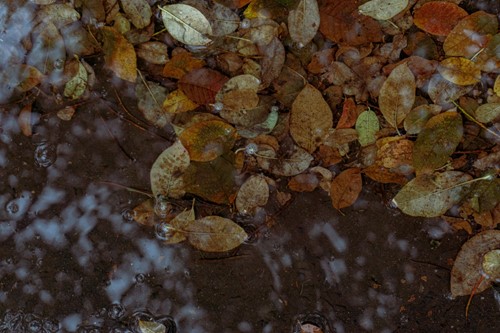
If your yard is plagued with puddles and soggy spots, it might be time to consider drainage solutions. For yard drainage, there are plenty of DIY options you can handle without spending a fortune. Once you understand the causes of your drainage issues, you can find the best approach for improving a swamp situation.
Here is a basic guide to yard drainage issues and DIY solutions to consider:
Before you start researching strategies for improving drainage, take a careful assessment of your yard. There are many factors that can cause drainage issues:
Before you start planning a major landscaping project, consider your current watering schedule and systems. Do you have drip irrigation or sprinklers that run automatically? Do you have a manual watering schedule that you could adjust? In some cases, you might just be watering too much or too often.
If you have an irrigation or sprinkler system, make sure it doesn’t have any leaks. Once you’ve ruled out the possibility of leaking, try adjusting your watering schedule to reduce the amount of standing water in your yard.
If you discover that your drainage issues stem from your gutter downspout, the solution could be as simple as extending it. Extend and aim the downspout away from the home and toward a storm drain or other safe drainage source.
A rain garden is another way to ease drainage issues by creating a place specifically for water to gather. Rain gardens are designed to capture and slowly absorb runoff, all while promoting lush plant growth and beautifying the yard.
For more serious drainage problems, consider digging an artificial creek or swale to route water properly. By digging a long, shallow trench and filling it with gravel or rocks, you can divert runoff towards storm drains without allowing standing water to accumulate in the yard.
These are only a few basic yard drainage solutions to consider. If you’re still having trouble with excess water, it’s a good idea to consult a landscaping professional to find the best option for your yard.

I grew up in a small town in Wyoming and married my high school sweetheart. I purchased my first home when I was 18 and immediately found a passion for real estate. One year later, I passed the Wyoming Real Estate Exam, and successfully purchased my second property! I love to help people navigate the real estate process and connect with my customers to help them achieve their real estate goals! With more than 25 years of experience in the industry – including residential, commercial, timeshare sales, and property management: I thrive on new opportunities to assist Buyers and Sellers. When not listing a property or negotiating an offer, you may find me on the beach enjoying some "Salt Life", volunteering at my child's school, and helping out in the community. Finally, I am proud to sit on the board of directors of a dedicated 501c3 foundation & help veterans, active service members, & first responders find relief from PTSD through scuba diving.